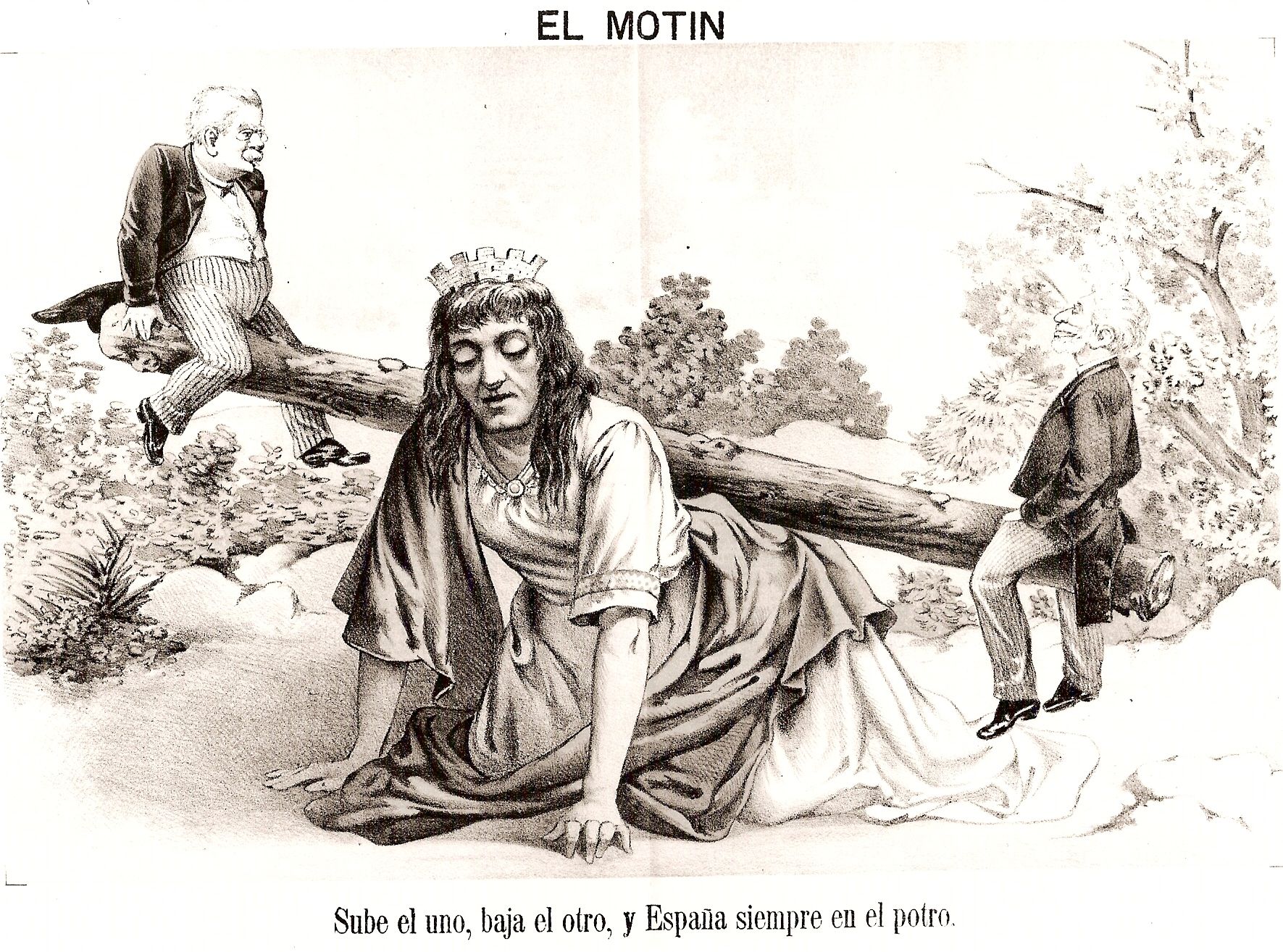Pact of El Pardo on:
[Wikipedia]
[Google]
[Amazon]
The Pact of El Pardo was an informal agreement which supposedly took place on 24 November, 1885, in the face of King Alfonso XII's imminent death. It established a system of party alternation that lasted until General Primo de Rivera's '' coup'' in 1923. The pact was signed in the
 The pact was signed between
The pact was signed between
Royal Palace of El Pardo
The Royal Palace of El Pardo ( es, Palacio Real de El Pardo, ) is one of the official residences of the Spanish royal family and one of the oldest, being used by the Spanish monarchs since Enrique III in the 15th century. It is administered by t ...
.
Historical context
 The pact was signed between
The pact was signed between Antonio Cánovas del Castillo
Antonio Cánovas del Castillo (8 February 18288 August 1897) was a Spanish politician and historian known principally for serving six terms as Prime Minister and his overarching role as "architect" of the regime that ensued with the 1874 restor ...
, leader of the Conservative Party
The Conservative Party is a name used by many political parties around the world. These political parties are generally right-wing though their exact ideologies can range from center-right to far-right.
Political parties called The Conservative P ...
, and Práxedes Mateo Sagasta
Práxedes Mariano Mateo Sagasta y Escolar (21 July 1825 – 5 January 1903) was a Spanish civil engineer and politician who served as Prime Minister on eight occasions between 1870 and 1902—always in charge of the Liberal Party—as part of th ...
, leader of the Liberal Party
The Liberal Party is any of many political parties around the world. The meaning of ''liberal'' varies around the world, ranging from liberal conservatism on the right to social liberalism on the left.
__TOC__ Active liberal parties
This is a li ...
. Both political parties dominated Spanish politics during the Restoration period. The aim of the pact was to provide stability to the regime, which was thought to be in jeopardy due to the proximity of the King's death. The pact established a system of alternance for the two major political parties, effectively ensuring that both would "take turns" governing the country within a democratic framework. This was achieved through the use of ''caciques'', powerful individuals who greatly influenced the vote around their area. The pact also served the purpose of integrating into the system the political groups that were marginalized by the 1875 Restoration. On one hand, the '' neocatólico'' followers of were absorbed by the Conservative Party, and on the other the progressive '' posibilistas'', associated with Emilio Castelar
Emilio Castelar y Ripoll (7 September 183225 May 1899) was a Spanish republican politician, and a president of the First Spanish Republic.
Castelar was born in Cádiz. He was an eloquent orator and a writer. Appointed as Head of State in 1873 i ...
, found representation in the Liberal Party. Some sources claim that such a pact was never formalized, in the sense that there was no agreement for both parties to "take turns" to govern the country. Instead, it was merely a meeting between the two major leaders in which they both recognized the necessity of a will to achieve consensus in a critical juncture for the country's political destiny. The meeting between Cánovas and Sagasta was concerted by General Arsenio Martínez Campos
Arsenio Martínez-Campos y Antón, born Martínez y Campos (14 December 1831, in Segovia, Spain – 23 September 1900, in Zarauz, Spain), was a Spanish officer who rose against the First Spanish Republic in a military revolution in 1874 and res ...
.
References
{{Reflist Restoration (Spain) 1880s in Spain Political history of Spain Elections in Spain Electoral fraud